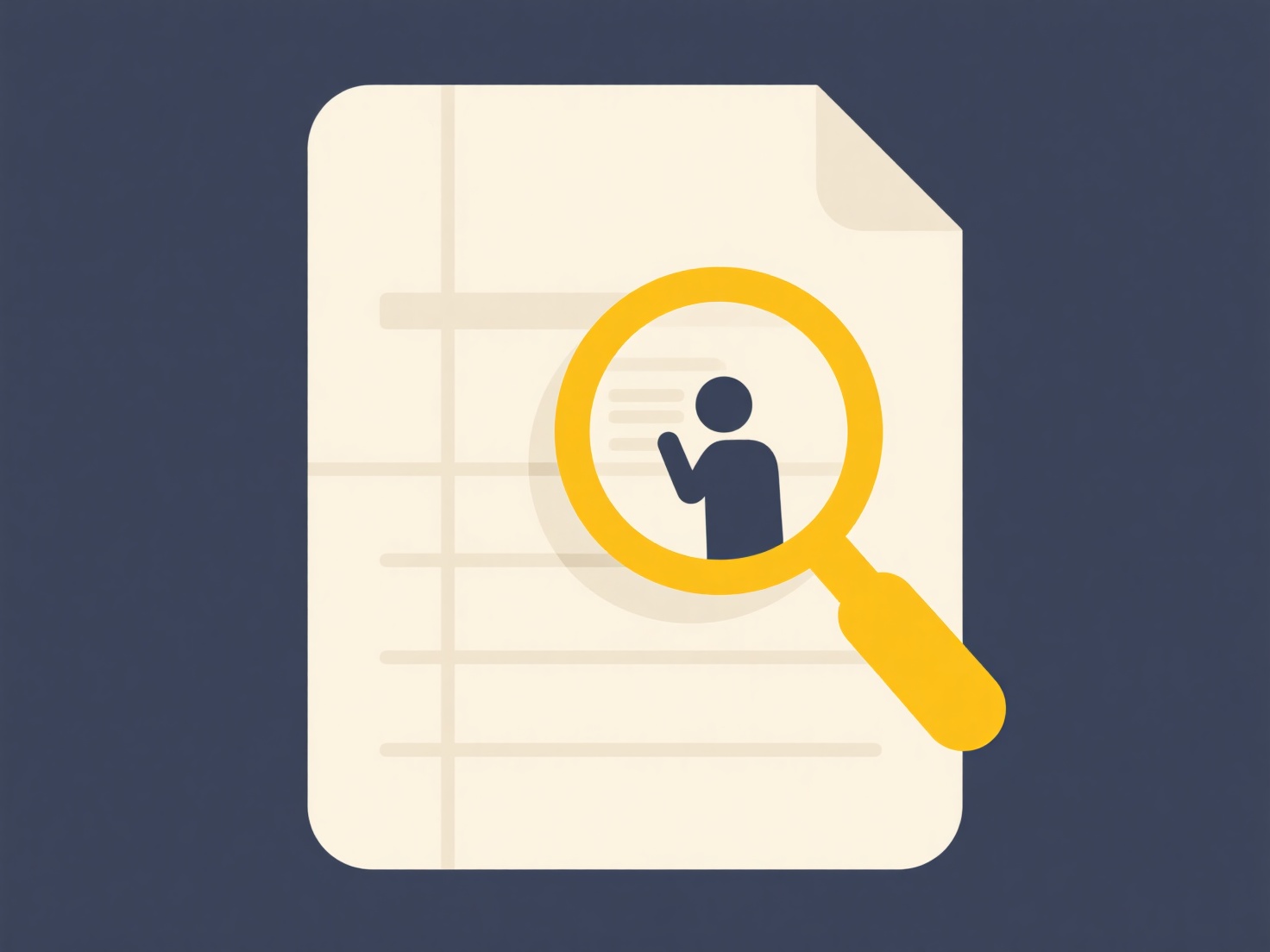
Duplicates are exact copies of a file or dataset created intentionally for immediate reuse, sharing, or distribution. They are identical to the original at the moment of creation. Backup versions, in contrast, are systematic snapshots of data preserved over time primarily for recovery purposes. They form part of a version history, allowing restoration to previous states.
Examples include creating a duplicate spreadsheet to share with a colleague without altering the original file, common in collaborative environments. Backup versions are seen in tools like Time Machine (macOS) or cloud services like Dropbox, automatically saving hourly/daily snapshots enabling restoration after accidental deletion or ransomware attacks.

Backups provide critical data resilience against loss, corruption, or cyber threats but require storage management and retention policies. Duplicates enhance workflow flexibility but can cause version confusion if uncontrolled. Ethical considerations involve securing backups against unauthorized access, while duplicates risk intellectual property mishandling if shared improperly. The evolution towards continuous, immutable backups enhances security against sophisticated threats.
What’s the difference between duplicates and backup versions?
Duplicates are exact copies of a file or dataset created intentionally for immediate reuse, sharing, or distribution. They are identical to the original at the moment of creation. Backup versions, in contrast, are systematic snapshots of data preserved over time primarily for recovery purposes. They form part of a version history, allowing restoration to previous states.
Examples include creating a duplicate spreadsheet to share with a colleague without altering the original file, common in collaborative environments. Backup versions are seen in tools like Time Machine (macOS) or cloud services like Dropbox, automatically saving hourly/daily snapshots enabling restoration after accidental deletion or ransomware attacks.

Backups provide critical data resilience against loss, corruption, or cyber threats but require storage management and retention policies. Duplicates enhance workflow flexibility but can cause version confusion if uncontrolled. Ethical considerations involve securing backups against unauthorized access, while duplicates risk intellectual property mishandling if shared improperly. The evolution towards continuous, immutable backups enhances security against sophisticated threats.
Quick Article Links
Why does a file become unreadable after being transferred to another OS?
File unreadability across OS transfers primarily involves file systems and character encodings. A file system manages ho...
What’s the difference between .jpeg and .jpg?
JPEG and JPG are file extensions for the same image format: the JPEG compression standard developed by the Joint Photogr...
What format should I use for academic submissions?
Academic submission formats refer to standardized layouts and structural requirements for written assignments, papers, o...